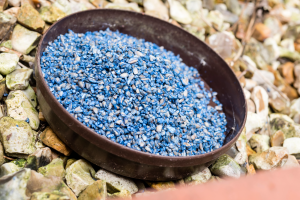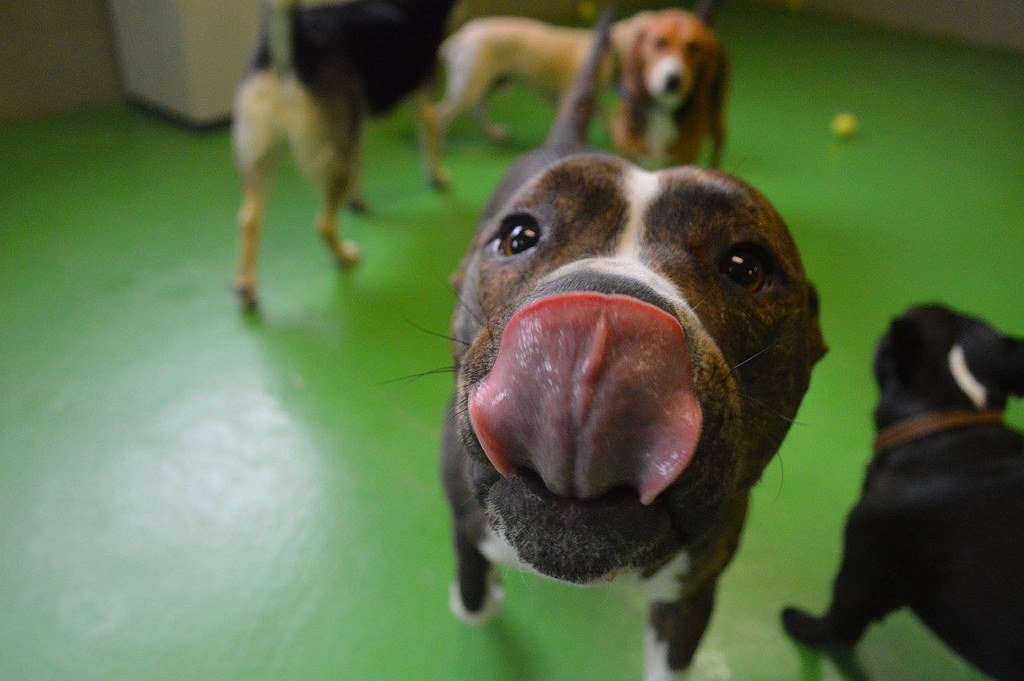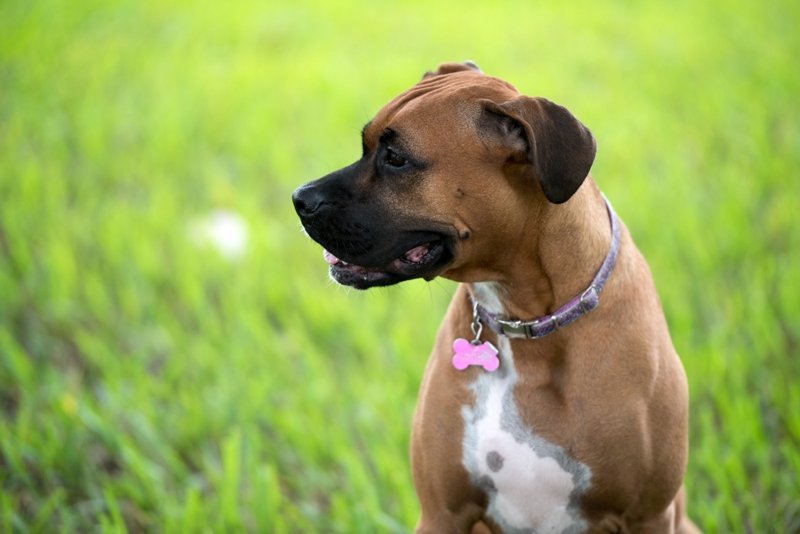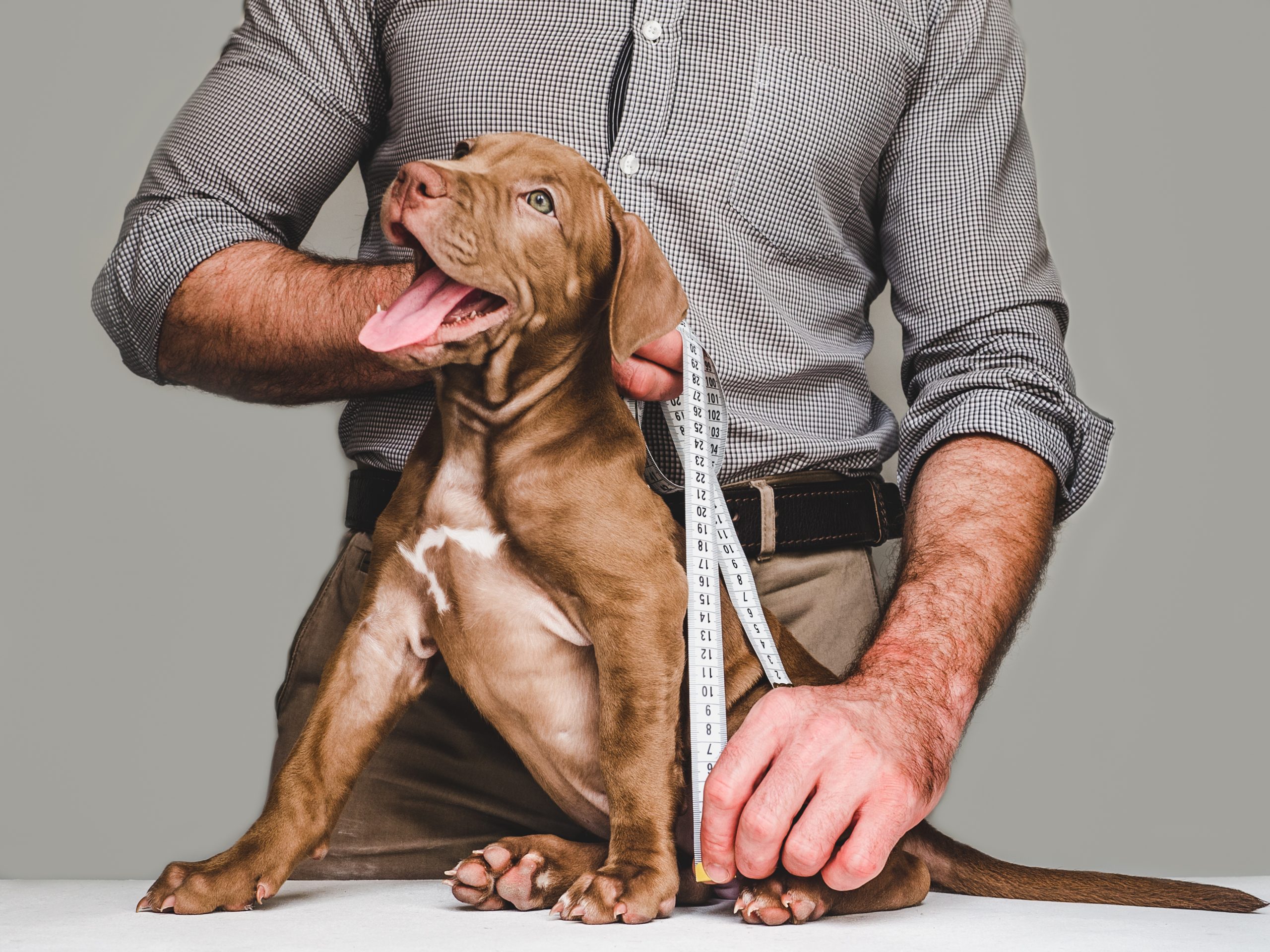This page contains affiliate links. This means that we may get a small commission for recommending products, if you choose to click on something and buy it. This does not cost you anything, but we wanted to be honest and let you know!
(Last Updated On: 6th August 2022)Autumn is a beautiful time of the year, and it is a time when it is especially nice for both you and your dog.
The days are milder, not so hot and humid, and a lovely time to be out of doors.
While you are enjoying fall, keep in mind some simple safety tips that will keep your pooch happy and healthy during this season.
Table of Contents
Autumn Simple Safety Tips
#1 It Is Mushroom, Flower, and Nut Season
Autumn is the time of year when mushrooms are in season. They will be popping up around your yard and along trails in the woods.
While most mushrooms are non-toxic, a few can cause life-threatening issues if your pet ingests them.
Mushrooms can be hard to distinguish between toxic and non-toxic. It is best to be safe rather than sorry and assume that all mushrooms growing out of doors are bad for your pet.
Be on the lookout for other plants that might be toxic to your pet. Berries and some flowers can cause intestinal problems.
Autumn Crocus is a fall flower that is highly toxic. It can cause vomiting, gastrointestinal bleeding, along with liver and kidney damage if ingested by your pet.
Pictures of Autumn Crocus
If you see your dog eat any of these flowers, you should get them to your vet immediately
Black walnuts can be poisonous to your dog and lead to seizures and tremors.
Acorns can cause intestinal distress, so it is best to keep your pet from chewing or ingesting any such items they find when out of doors.
There is a list of Toxic and Non-Toxic Plants List from ASPCA that you should familiarize yourself with to better protect your pet.
#2 Fall Yard Clean-Up
Autumn is also when you will find that things have been blown into your yard by fall winds.
If you have fruit trees, rotted fruit will have fallen and drawn bees.
A bee sting, not only painful, can cause an allergic reaction in your pet. There will also be seeds and stems that aren’t good for your pooch to eat.
Check for broken branches and sharp sticks that could cause injury when your pet is running about in the yard.
A good fall clean up of your yard is a simple safety tip that will help keep your pet safe in the fall.
#3 Rat And Mice Poison
Autumn is the time when mice and rats start looking for a warm place to spend the winter. They will be seeking shelter in garages, sheds, and homes.
No one likes rodents moving in, so many homeowners will take steps to eliminate the problem by using rodenticides.
These poisons are often in the form of bait blocks or granules placed outside on the ground.
Unfortunately, manufacturers treat these poisonous baits to smell like something appetizing; peanut butter, for instance.
Rodents will carry these bait blocks or graduates with them to snack on at a later date.
This means that your pet might come across bait in your backyard that was set out by a neighbor four houses down from you.
Manufacturers make these baits in a color (usually a bright green) that is not natural to be a warning to people, but your beloved pet is not going to know the difference.
Periodically check your front and back yard, garage, sheds, and under bushes for any poisons carried into your yard.
#4 Watch For Antifreeze
Autumn is generally when people will check the coolant in their vehicles and add more antifreeze if needed.
Spills from changing or adding coolant are dangerous for your pet.
Antifreeze tastes sweet to your dog, and so they will be eager to lap it up. That could be fatal for them.
When out on a walk, please don’t let your pooch drink from puddles on the road or excess water along the curbing.
This water could have the remnants of antifreeze from the vehicles that use the roadways.
Another good reason not to let your dog drink from puddles is that they can have germs like Giardia that can sicken your pet.
Pet supply stores and online stores sell water containers specially made for supplying your dog with fresh water when you are out on a walk or a hike in the woods.
#5 Beware Of Fleas And Ticks
This simple safety tip for your dog is one to practice year-round, but it is no less important in the fall.
Many species of ticks survive well into the winter. There are many fallen leaves and damp areas around shrubs and plants that these fleas and ticks love to hang out in.
Just as you would do throughout the year, be sure to check your pooch regularly for fleas and ticks.
Check each time you come in from a walk in the woods or you have been on trails to make sure that they have not picked any unwelcome hitchhikers.
If you do notice that fleas have taken up residence, but sure to address this right away. Bathe your pet with The Best Flea Shampoo for dogs 2020.
Fleas have a life cycle that needs breaking, or they will continue to perpetuate misery on your poor dog.
They can also infest your home, so it is best to nip it in the bud as soon as you see the evidence that your dog has fleas
#6 Snakes And Wildlife
Depending on where you live, running across a snake can be no big deal or a life-altering event.
During the hotter months, snakes will often be sunning themselves with a full belly.
While summer finds the highest incident of snake bites, the fall also poses a risk.
As the months get colder, snakes will be on the move and a bit bad-tempered.
They are preparing to hibernate, and so are focused on that task and not too happy when someone crosses their path to interrupt that task.
Be familiar with what type of snakes are in your area and which ones are venomous.
Know their habits and habitats so that you can avoid those areas and your pooch will benefit from your knowledge.
This is also when other creatures like skunks, raccoons, squirrels, and deer are active. A tussle with a raccoon would not be pleasant.
Even more unpleasant would be a disagreement with a skunk. The evidence of that encounter would be prevalent in your house for a week or more.
Squirrels and deer are also very tempting for your pet to chase and probably never catch.
But while they are on the chase, they could get lost or hurt on any number of things (like barbed wire) off the beaten path.
So keep them on a leash and keep an eye out for anything that might create a temptation for them to take up the chase.
#7 School Is In Session
Autumn is the time that kids are heading back to school. That means that families are stocking up on back to school supplies.
Crayons, magic markers, glue sticks, pens, and pencils seem to sprout as if by magic from every nook and cranny in the house.
The majority of these items are made from non-toxic materials because children will mainly use them.
We all know that children have a habit of putting everything in their mouths, and so these items need to be safe.
While that may be the case, you also know that your pooch is not going to stop at one crayon if a full box presents itself for consumption.
Gnawing on a #2 pencil will create sharp wood fragments that won’t do your dog’s intestinal system any good.
It is best to think of your pet in the same way you would a toddler. Put things up where they are not able to be reached.
Know that they would not be able to comprehend what might be dangerous. Understand that all things look like fun and nothing is a bad idea.
#8 Halloween And Holidays Are Around The Corner
For many of us, this is one of the favorite times of the year. The holidays are looming, and that means candy and sweets and lots of delicious treats.
Your pooch thinks so too. They are just as enticed by the good smells and candy in the bowl on the coffee table.
Chocolate can be lethal for a dog. Be sure to keep Halloween and holiday candy up and out of reach, again, as you would do with a toddler.
Most dogs will not limit themselves to one treat or two but will ingest all that there is.
It is easy during the preparation times when we are busy leaving something forbidden within reach, and it takes just a second for your pooch to pounce.
In Conclusion
Autumn is a glorious time to be out of doors with your dog. If you follow these simple safety tips, you can keep your pet healthy and happy.
If you think your pet ingested something that they should not have, take them to your veterinarian or contact the ASPCA Animal Poison Control Center (888) 426-4435 for more advice.
Ian is an avid outdoorsman and dog lover. He lives in Central Florida with his wife Heather, and their 2 dogs – Panda (Purebread Rough Collie X English Golden Retriever) & Kuma (Blue Merl Purebread Rough Collie)








